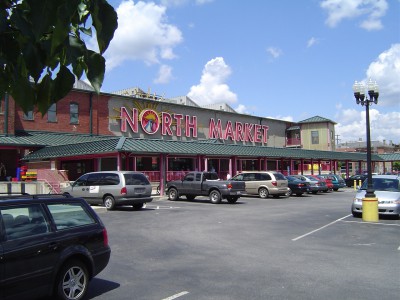
And I’m proud to be an American,
where at least I know I’m free.
And I won’t forget the men who died,
who gave that right to me.
~Lee Greenwood
In 1966, President Lyndon Johnson officially declared Waterloo, N.Y. as the “birthplace” of Memorial Day. The place has been disputed, with many small towns or cities across the land claiming the title, but the one thing that’s always been remembered is what it stands for.
Originally called Decoration Day, Memorial Day is indeed the day when we honor all those who have died in our nation’s service; those who made it possible for us to be free today.
On May 5, 1868, General John Logan (national commander, Grand Army of the Republic), officially proclaimed Memorial Day for the first time. It was first observed on May 30, 1868, when flowers were placed on the graves of both Confederate and Union soldiers, at Arlington National Cemetery. The first state to officially recognize it was New York (this was in 1873). By 1890, all northern states recognized Memorial Day. After World War I, when the holiday changed to acknowledge all who died fighting in any war, the South also recognized it. Today, almost every State celebrates Memorial Day on the last Monday in May. Several southern states, such as Texas and Alabama, also have a separate day on which they honor their Confederate war dead.
As we attend our festivities this Memorial Day weekend, we pay tribute to those who have given their lives so we could enjoy our freedom.




